
Māui Dolphin
Cephalorhynchus hectori maui
Māui dolphin (Cephalorhynchus hectori maui) is a tiny coastal subspecies of···

Capybara
Hydrochoerus hydrochaeris,Paraguayan capybara, Uruguayan capybara
水豚这种动物我们虽然不常见,但是水豚的长相很可爱,而且对人类很友好,水豚喜欢···

porpoise
The porpoise (Phocoena phocoena in Latin), also known as porpoise, is the mo···

Sotalia fluviatilis
South American long-beaked dolphin, Amazon River white-sided dolphin
Tucuxi dolphin (scientific name: Sotalia fluviatilis) is also known as tucux···

Heaviside's dolphin
Cephalorhynchus heavisidii
Haviside's dolphin (scientific name: Cephalorhynchus heavisidii) is call···

Cephalorhynchus eutropia
black dolphin, black dolphin, Chilean dolphin
Chilean dwarf dolphin (scientific name: Cephalorhynchus eutropia) is also kn···

Cephalorhynchus commersonii
Black and white dolphin, panda dolphin, Connor's dwarf dolphin
The spotted beaked dolphin is the common name of Commerson's dolphin (sc···

Cephalorhynchus hectori
Hector's dolphin, Atlantic black and white dolphin, white-headed dolphin, New Zealand dolphin, white-headed beaked dolphin, Hector's dwarf dolphin
New Zealand black and white dolphins (scientific name: Cephalorhynchus hecto···
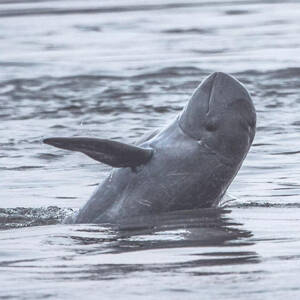
Orcaella brevirostris
Irrawaddy dolphin, fin dolphin
Irrawaddy dolphin (scientific name: Orcaella brevirostris), foreign name Irr···

Globicephala melas
Atlantic pilot whale, black whale, pilot whale
Long-finned pilot whale (scientific name: Globicephala melas) is also known ···
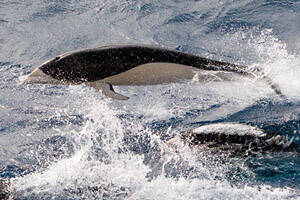
Lissodelphis peronii
Southern whale dolphin, beaked dolphin without dorsal fin
The Southern Right Dolphin (scientific name: Lissodelphis peronii) is also k···

Lissodelphis borealis
Northern whale dolphin, warm water finless beaked dolphin
Northern right whale dolphin (scientific name: Lissodelphis borealis) is cal···
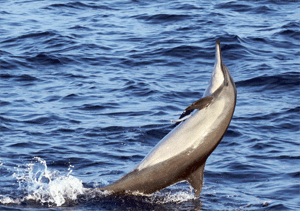
Stenella longirostris
Spinner dolphin, spinner dolphin, long-beaked spinner dolphin
Long-beaked dolphin (scientific name: Stenella longirostris) is also known a···
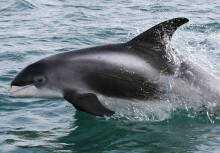
Lagenorhynchus albirostris
White-nosed dolphin, white-beaked dolphin, squid-hunting dolphin
White-beaked dolphin (scientific name: Lagenorhynchus albirostris) is called···
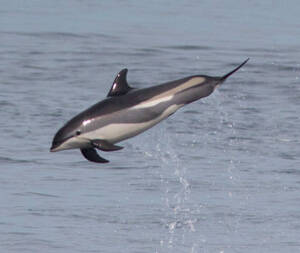
Lagenorhynchus acutus
Atlantic white-sided dolphin, jumping dolphin, bouncing dolphin
Atlantic White-sided Dolphin (scientific name: Lagenorhynchus acutus) is als···
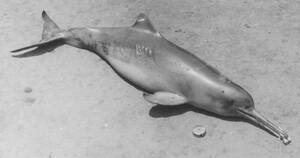
Pontoporia blainvillei
La Plata River Dolphin
The scientific name of the Lapu-Lapu river dolphin is Pontoporia blainvillei···

Inia geoffrensis
Amazon porpoise
The scientific name of the river dolphin is Inia geoffrensis. It is the larg···
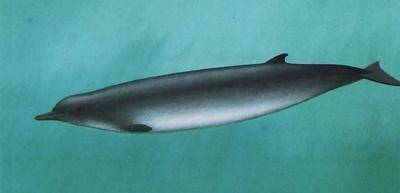
Tasmacetus shepherdi
Shea's beaked whale, Tasman's whale, Tasman's beaked whale
Shepherd's beaked whale, scientific name Tasmacetus shepherdi, foreign n···
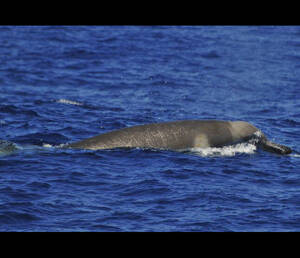
Indopacetus pacificus
Longman's beaked whale, Pacific beaked whale, Indo-Pacific beaked whale
Longman's Beaked Whale (Scientific Name: Indopacetus pacificus) is also ···
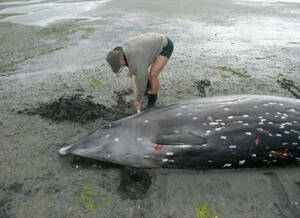
Mesoplodon hotaula
The Sri Lankan Mesoplodon hotaula was first described in 1963 and was consid···
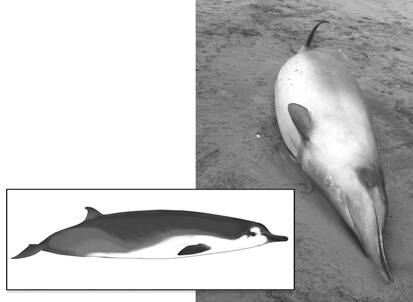
Mesoplodon traversii
Spade-toothed whale (Mesoplodon traversii), foreign media reported that scie···
